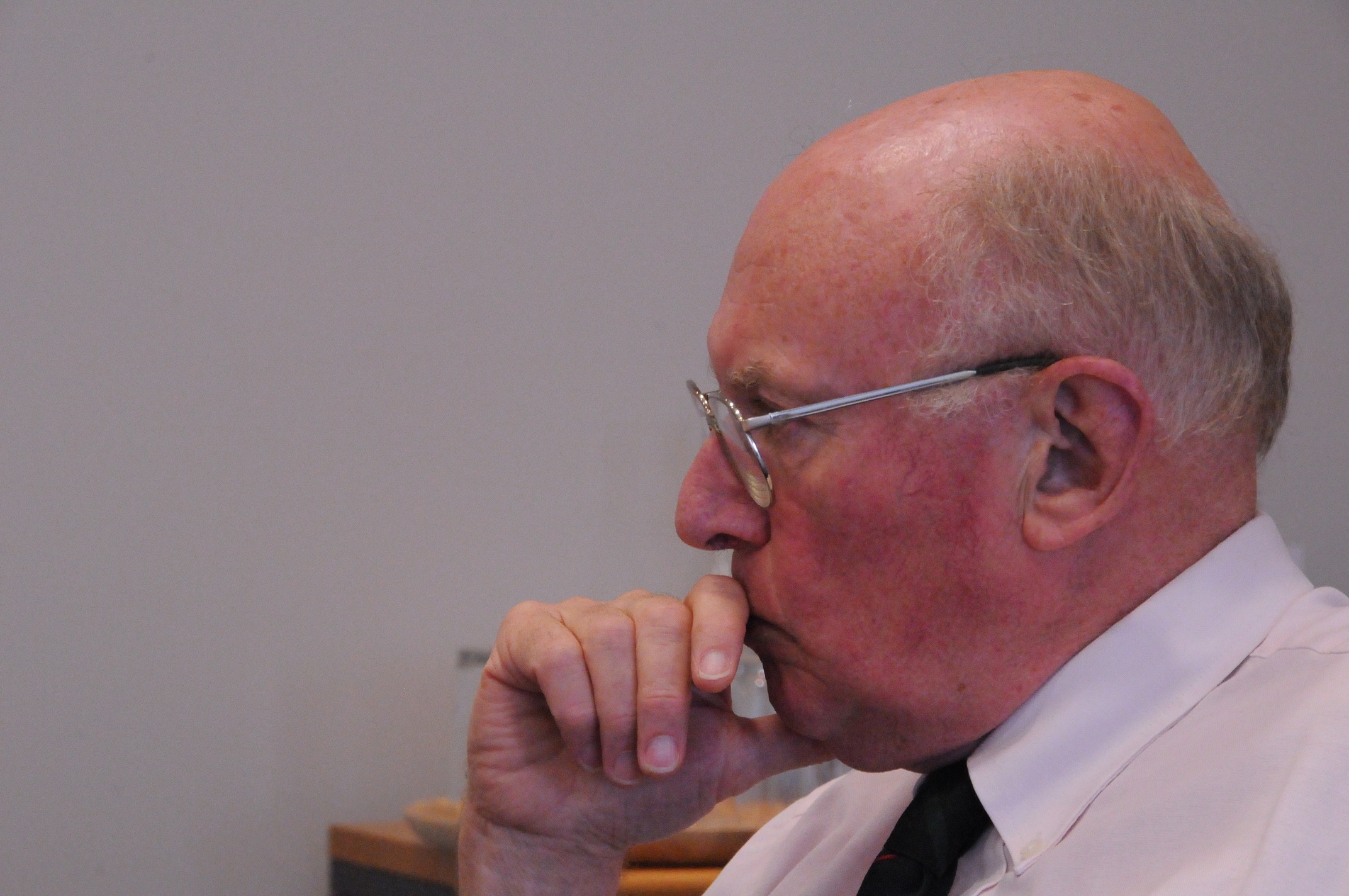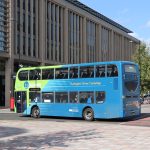The recently announced second round of the Department for Transport Zero Emission Bus Regional Areas (ZEBRA) scheme in England comes as welcome news to operators and manufacturers alike, helping to maintain the momentum of zero-emission bus deployment across the UK. The scheme, which opened for applications on 8 September, is backed by funding worth up to £129 million.
It follows ZEBRA 1, which provided funding to support the introduction of 1,300 zero-emission buses (ZEBs) and associated infrastructure, of which the first vehicles are entering service.
ZEBRA 2 will adopt the same funding formula as previous schemes. DfT will contribute up to 75% of the cost difference between a ZEB and a standard diesel bus equivalent of the same passenger capacity, while it will contribute up to 75% of the total capital expenditure incurred from purchase and installation of necessary infrastructure.
However, ZEBRA 2 comes with a number of key changes, centred around supporting the introduction of ZEBs to more areas of England – vital to ensuring that ZEBs and their benefits are enjoyed by communities everywhere.
Of the £129 million allocated, an initial £25 million will be prioritised for bids from local transport authorities (LTAs) in rural areas. If enough bids of sufficient quality are received, this initial pot can be increased to up to £50 million. To be eligible for this part of the funding, LTAs must:
- Have not received funding from the ZEBRA scheme previously
- Meet the ZEBRA 2 definition of a rural LA
- Demonstrate that the bus services where ZEBs will be introduced serve rural areas.
To further support LTA areas that have not benefitted from ZEB funding before, the remaining money will first be allocated to LTAs that have not received funding through the previous ZEBRA round.
Returning again for ZEBRA 2, too, is the ability for LTAs to submit joint bids, albeit with the removal of the need for LTAs to be geographically neighbouring, enabling multiple areas across the country to bid as one and pool resource and expertise. This, alongside a streamlined bidding process with single-phase application, will help to reduce the burden of applying for funding, highlighted as a challenge of ZEBRA 1.
While LTAs that received funding through ZEBRA 1 are able to bid for funding, they will be at the bottom of the priority ladder for securing new money.
On the vehicle eligibility front, zero-emission accessible minibuses often best suited to rural bus operations are now eligible to receive funding alongside ZEBs. Bids for zero-emission coaches, “zero-emission capable buses” and buses repowered to zero-emission will not be accepted as part of ZEBRA 2.
As with ZEBRA 1, vehicles must meet the Zemo Partnership ZEB definition. It includes the need to have a zero-emission powertrain and no auxiliary combustion engines on board (such as diesel heaters), producing no regulated emissions from the tailpipe. The ZEB accreditation scheme includes a test process and certificate of compliance for vehicles that meet the criteria.
The new direction of ZEBRA 2 eligibility criteria comes as welcome news for rural areas and smaller LTAs, which have not been able to access funding to date, and complements the important work being carried out as part of the recently launched Confederation of Passenger Transport Rural Zero Emission Bus Taskforce.
Zemo analysis suggests that ZEBs make up around 7% of the UK bus fleet. It is expected that this number will exceed 10% by 2025 based on funding that has already been allocated through previous schemes. Zemo estimates that ZEBRA 2 could fund around a further 600 ZEBs, providing a significant boost to the industry as a whole on the road to net-zero. Applications close on 15 December.



























